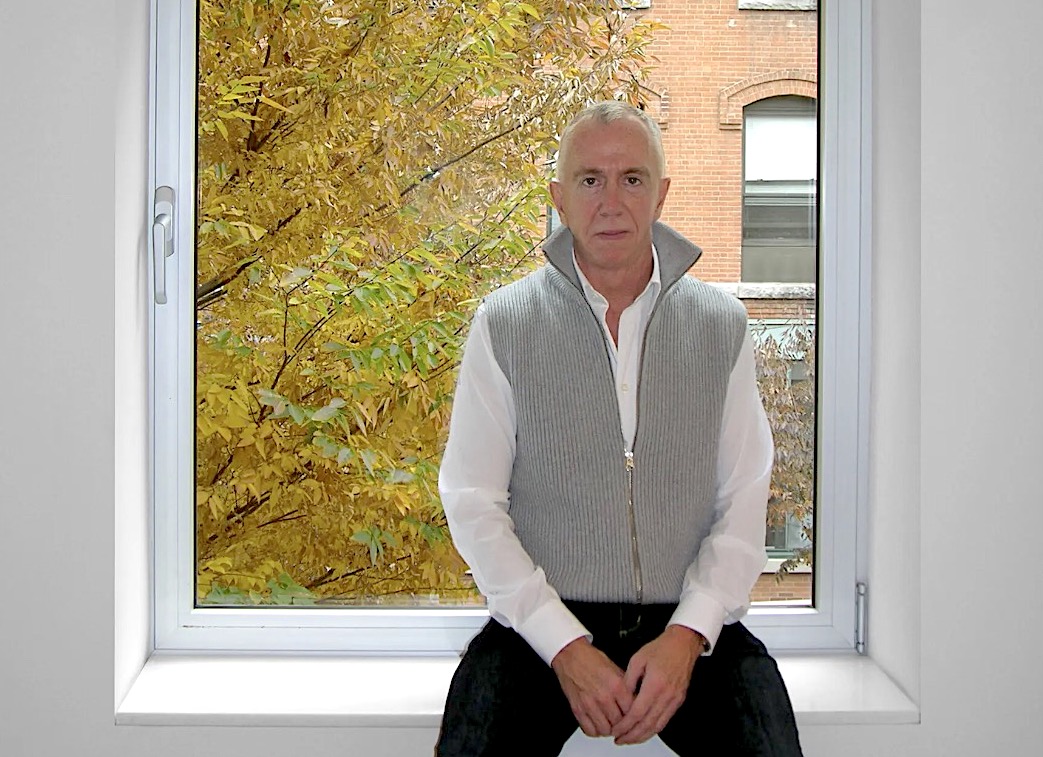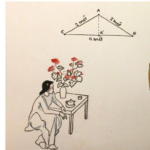Suburbia 1, Espinca bifida #3, Laconista7
2003 - Drawing & Print (Drawing & Print)
Dimensions vary
Johanna Calle
Calle’s drawings all inhabit received forms but alter them to call attention to specific qualities. A newspaper is both reproduced and modified to call attention to the newspaper as a means of information transmission. This also emphasizes the effect of various seemingly unimportant support mechanisms: the role of visual layout and images. In other drawings Calle explores systems: the unfurling of suburban streets, resembling text and the veins on a leaf. These congruences point to the unity of Calle’s thematic interests: the circulation of information, human energies, and lives.
Johanna Calle’s drawings use pre-existing systems to explore issues of built space, cultural identity, and language. Her work often departs from common lines of handwriting, altering them with energy and pattern. The practice of drawing is considered expansively in Calle’s work, as she inserts stitching, metal, and even, returning to her background as a painter, the covering capacity of paint.
Colors:
Related works featuring themes of: » Andes Region, » Gender, » Globalization, » Language, » Monochromatic, » Colombian
» see more

© » KADIST
Felipe Arturo
2012Primero estaba el mar ( First Was the Sea , 2012) is a system of equivalences between syllables and silhouettes of waveforms cast in cement...

© » KADIST
Felipe Arturo
2012Defined as entropy, the second law of thermodynamics proposes that energy is more easily dispersed than it is concentrated...

© » KADIST
Nicolás Paris
2012Nicolas Paris studied architecture and worked as an elementary school teacher before he decided to become an artist...

© » KADIST
Martine Syms
2016Her 2016 video installation quotes the sitcom-as-form and also draws from a 1907 comedic short, Laughing Gas...
Other related works, blended automatically
» see more

© » KADIST
Johanna Calle
2011Johanna Calle’s Abece “K” (2011) is part of a series of drawings (compiled into an artist book called Abece ) based on the alphabet...

© » KADIST
Felipe Arturo
2012Primero estaba el mar ( First Was the Sea , 2012) is a system of equivalences between syllables and silhouettes of waveforms cast in cement...

© » KADIST
Felipe Arturo
2012Defined as entropy, the second law of thermodynamics proposes that energy is more easily dispersed than it is concentrated...

© » ARTLYST
Kara Walker
Brent Sikkema, the Manhattan art dealer renowned for representing artists such as Jeffrey Gibson and Kara Walker found dead The post Brent Sikkema – Visionary Art Dealer Of Jeffrey Gibson And Kara Walker Murdered appeared first on Artlyst ....
Related works sharing similar palette
» see more

© » ARTS EQUATOR
Vietnam's visual arts and COVID-19 | ArtsEquator Thinking and Talking about Arts and Culture in Southeast Asia ArtsEquator Viewpoints Nguyen Duc Phuong July 30, 2020 By Quyen Hoang (2,100 words, 8-minute read) On a rainy evening towards the end of May 2020, it seemed like Saigon’s most dapper guys and modish gals all flocked to Galerie Quynh...

© » KADIST
Saâdane Afif
2005In this work, Saâdane Afif quotes André Cadere’s round wooden batons using the copy share and remix principles...
Other works by: » Johanna Calle
» see more

© » KADIST
Johanna Calle
2011Johanna Calle’s Abece “K” (2011) is part of a series of drawings (compiled into an artist book called Abece ) based on the alphabet...
Related artist(s) to: Johanna Calle » Irene Kopelman, » Latin America, » Leandro Katz, » Rivane Neuenschwander, » Abraham Cruzvillegas, » Adriana Bustos, » Alessandro Balteo Yazbeck, » Amalia Pica, » Andrea Bowers, » Antiguo Arsenal
» see more

© » KADIST
Andrea Bowers
2015Bowers’ Radical Hospitality (2015) is a sculptural contradiction: its red and blue neon letters proclaim the words of the title, signaling openness and generosity, while the barbed wires that encircle the words give another message entirely...

© » KADIST
Amalia Pica
2013Memorial for intersections #2 (2013) is a minimalist, black metallic structure that contains the brightly colored translucent circles, triangles, rectangles, and squares that originally were presented in Pica’s performance work A ? B ? C (2013)...
Related works found in the same semantic group
» see more

© » KADIST
Yee I-Lann
2013Sarcastically titled to call attention to the problematic notions underlying colonialism, this photograph shows hundreds of Native Malaysians seated quietly behind one of their colonial oppressors...

© » KADIST
Helina Metaferia
2019By Way of Revolution is a series of works by Helina Metaferia that addresses the inherited histories of protest that inform contemporary social movements...






